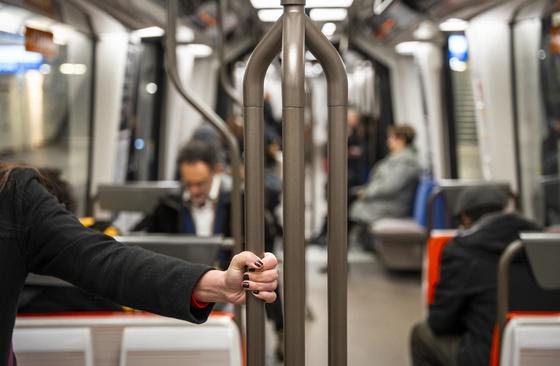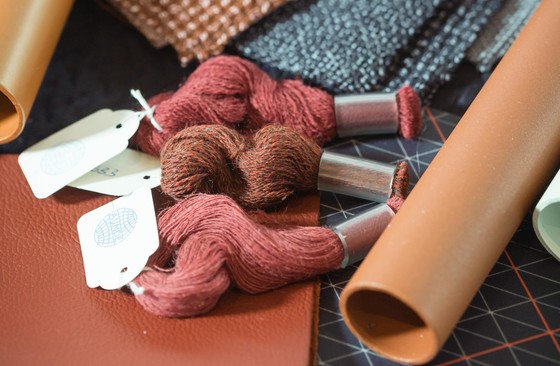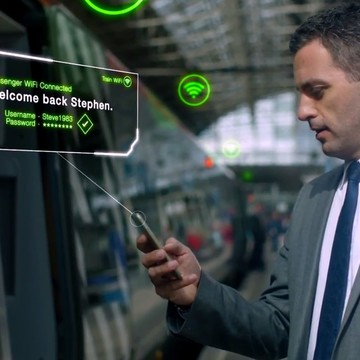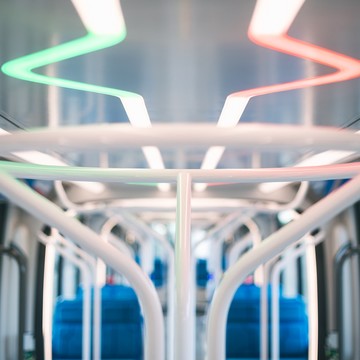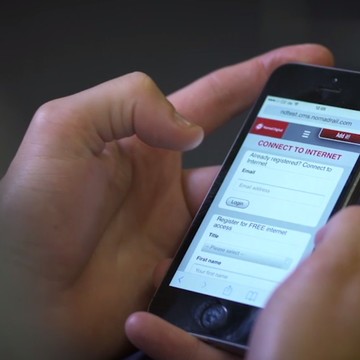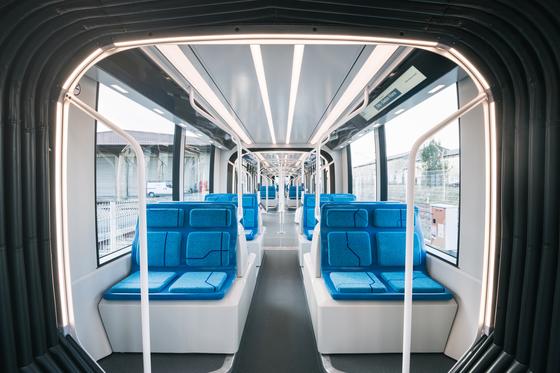
Building better trains by listening to passengers
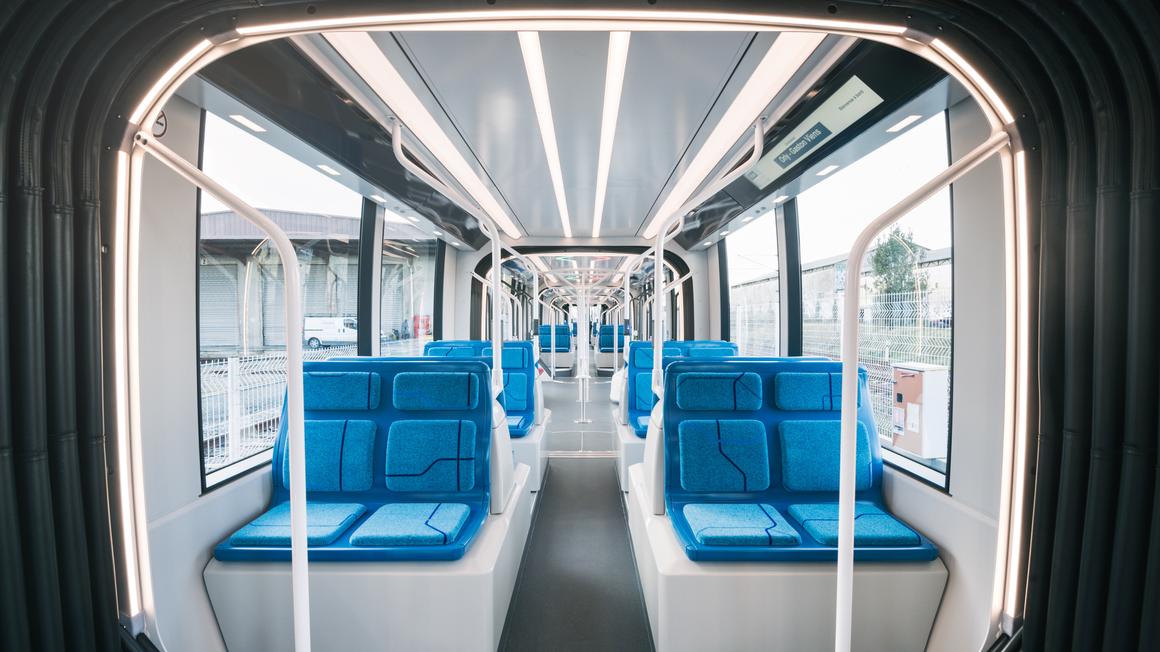
At Alstom, the passenger experience is approached in a holistic manner and encompasses all elements that will influence the perceptions of the traveller during the whole journey. Anne Bigand, Alstom’s passenger experience director, shines some light on what contributes to passenger experience and how it feeds into the train-design process.
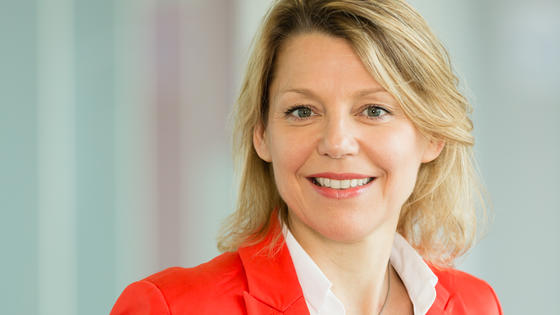
With a Master of Arts degree in product design, Anne Bigand began her career in London and then Paris, working with product design companies and industrial enterprises in the development of solutions, to improve the quality of use by consumers and enhance the brand value. Creative and passionate, she draws her resources from outside the office in drama and singing, crafts and sports, and travelling with family and friends.
Connect with Anne on LinkedIn!
At Alstom, what do we mean when we say ‘passenger experience’?
AB: Passenger experience means thinking about all elements of a passenger’s journey. Because we are human, we interact and have perceptions about our experiences. A smooth journey is a rewarding experience. But disruptions to a journey or a lack of information about service changes can upset passengers and negatively influence their perception of the service. In a mass transit transport system, it is important to make sure passengers have an ‘easy’ experience.
Alstom saw that passenger experience could be a differentiator and responded to a customer need for solutions to benefit passengers. We have over 100 designers working with the engineering department to create realistic solutions to improve our trains for the benefit of passengers. Now when we build a train, it is made with the needs of many different passengers in mind.
What makes Alstom’s passenger experience offer stand out?
AB: We have set up the culture internally so that when colleagues are working on improving the performance of different train components, they are also thinking about how they can improve passenger experience. Everything we introduce inside the train will have an influence on the way the passengers enjoy their journey. We consider visual elements, the movement of the train, the ease of access – anything that could have an impact on the passengers’ perception of the journey. Over the years, we have improved this consciousness throughout Alstom and all the teams work together to build the best solutions that we can.
And it goes further than that - we anticipate the future. Surveys conducted by our customers obtain passenger feedback on the present and their expectations for the near future. In our position in the industry, we need to anticipate expectations much further ahead so that we can offer innovative solutions for the mobility of tomorrow. We look at the macro trends, how the population is evolving in different countries, etc, and the impact various trends will have on mobility and, from that, we define four or five axes to consider in our solutions. Mobility is part of the daily life of individuals who interact in many situations, so we follow the developments in other domains as well, for example digital, aeronautic, habitat, etc.
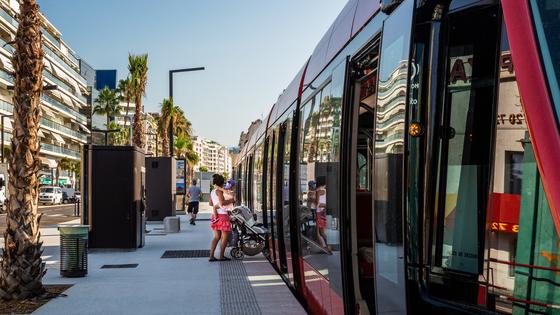
What kind of solutions or services have you anticipated in the past and what do you anticipate in the future?
AB: A good example is on-board Wi-Fi. Now, when passengers travel on a train, they expect to have WiFi and somewhere to charge their mobile phones and devices onboard. It was not the case a decade or two ago and this is typically the kind of thing that we had to anticipate in advance, working out the technical solution to provide the Wi-Fi network and plug sockets inside the train, so we had a solution ready to go in advance of orders.
In the future, we think that there will be a greater demand for personalised environments on board trains, just like we have in aeroplanes or cars, where you are able to adjust the seating, lighting, heating, etc. Customers are already asking for some of these features, but we think it will grow even more, and we are already working on that today.
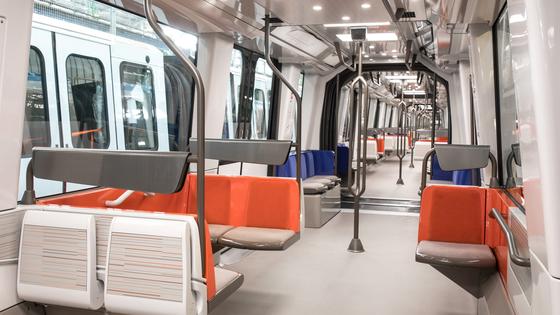
How can Alstom provide the appropriate passenger experience solutions according to different countries/culture and passenger needs?
AB: When you talk about passenger experience, it can be a bit conceptual. Hence, we have built qualitative benchmarking tools we use when we visit trains, to record numeric results against various criteria, allowing objective comparisons of train characteristics. We visit trains all over the world to understand cultural influences on passenger experience. For example, I was quite surprised to see that the Australians really like large benches in trains and are relaxed about ‘personal space’, whereas in Europe, seats ensure a clear separation between passengers. These kinds of factors affect passenger experience from country to country, and our customers will benefit from this knowledge.
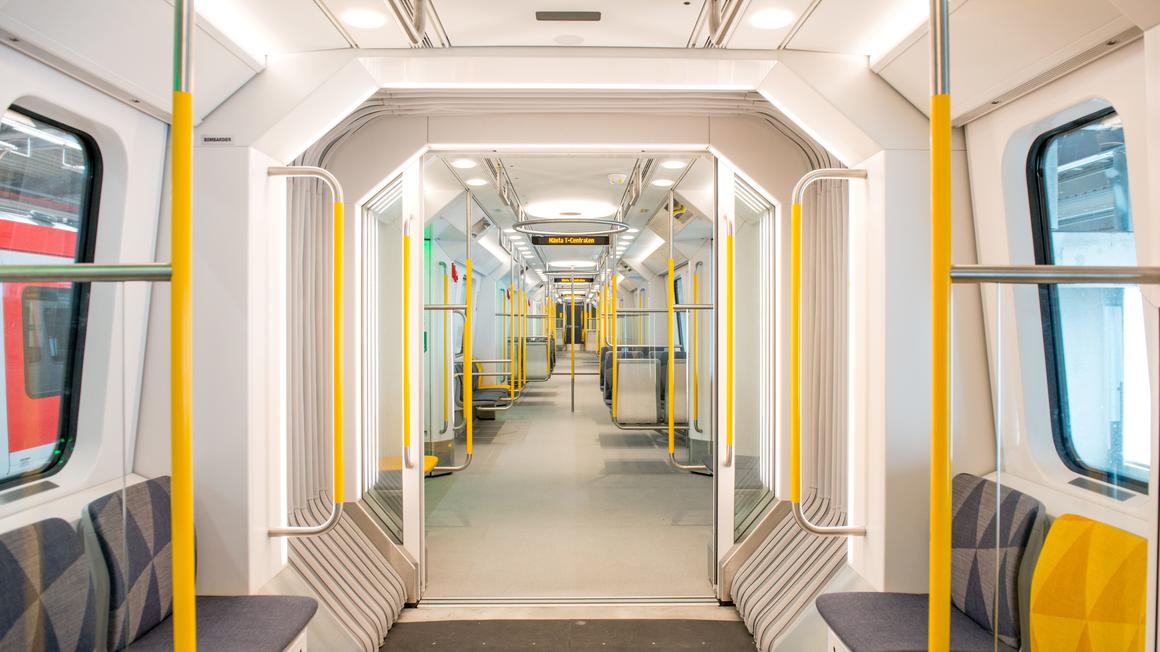
How can the customer be involved early on in the process of enhancing their passengers’ travel experience?
AB: Customers are looking for solutions that are tailor-made for them, with the possibility to modify them quickly according to the evolution of passenger needs. Alstom is not only imagining new solutions and working to develop them together with the customer, but we also explain to customers the reasoning behind our solutions and why they will be relevant in the future. By involving the customer throughout the development of their train, for example by using Virtual Reality and mock-ups, we can validate accessibility and interior layouts with customers and passenger groups early on to assure a satisfying delivery.
How does Alstom foster and integrate new ideas in passenger solutions projects?
AB: In passenger experience, part of our anticipation is to steer the direction of innovation. Recently, we conducted a six-month-long macro survey to define the drivers for the future. We carried out interviews in countries across the world and held workshops with a panel of passengers showing them new scenarios of travelling to get their feedback.
From that, we have built assumptions of evolution of passengers’ needs to give direction to our future innovations; for example, we observe that more and more passengers are expected tailored-made experiences, and to attract them our customers request the possibility to adapt their train interior according to each of passenger need.

Last but not least, how is Alstom incorporating sustainability in designing and delivering passenger solutions?
AB: Sustainability is everywhere! We are not only integrating sustainable materials into all kinds of products; it also needs to be proven to the customer that we integrate sustainability. Many different teams are working on the subject, including dedicated experts in engineering who work very closely with the design team: for example, in the area of seat development, with sustainable fabrics or plastics, offering new features like elasticity, self-healing. We have a strong consciousness on ecological matters and eco-design throughout, and I am very proud for that.
